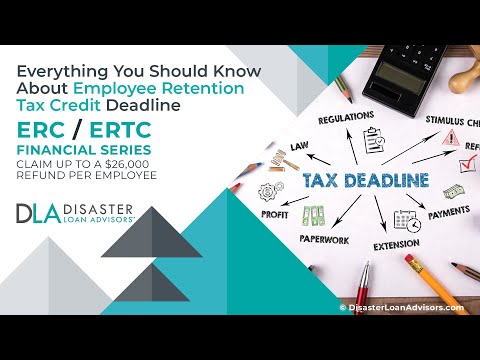The tax credit for retention of employees is an effective tool that businesses can use to help them retain their employees during tough economic times. It was created by the Coronavirus Aid, Relief created this tax credit, which is refundable, and Economic Security (CARES) Act in 2020 and is designed to motivate employers to keep their employees on the payroll despite the financial hardships due to the COVID-19 pandemic. The employee retention tax credit can be used by employers of all sizes, which includes the self-employed and those who have less than 500 employees.
The tax credit for retention of employees allows a tax credit refundable that can be as much as 50% the wages paid by an employer who is eligible its employees during the period beginning at March 12, 2020, through December 31, 2021. The maximum amount available for the credits is $5,000 per employee for the year. The credit is accessible any employer, regardless of whether they have suffered a complete and/or partial suspension their business operations due to the COVID-19 epidemic.
The purpose of this article is to give general information about the employee retention tax credit, and the things employers should be aware of to make the most of it. The article will address eligibility conditions, how the credit works, and how to claim the credit. We will also provide some tips for employers on maximizing the tax credits for employee retention.
In conclusion, the retention tax credit is a valuable tool for employers to help retain their employees in tough economic times. The credit is available for employers of all sizes and grants a tax credit of up to 50% of the wages an eligible employer pay its employees. Employers must take the time to understand the eligibility requirements and the way in which the credit is applied and how they can claim it in order to maximize the tax credit for retention of employees. With this credit, employers can aid in ensuring their company's financial stability and their employees' continued employment.
Additionally, employers must consult their tax advisors to ensure that they're making the most of the tax credit and other available relief programs. This CARES Act provides a number of relief programs to go along with the tax credit for retention of employees including The Paycheck Protection Program and Economic Injury Disaster Loans. Through taking advantage of the various relief programs available employers can be able to ensure their company's financial stability as well as their employees' long-term work.


















